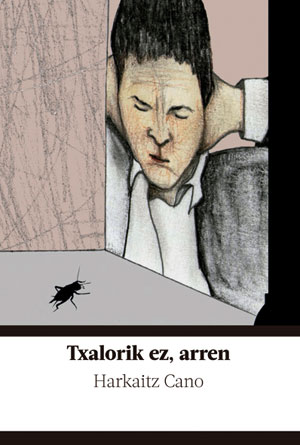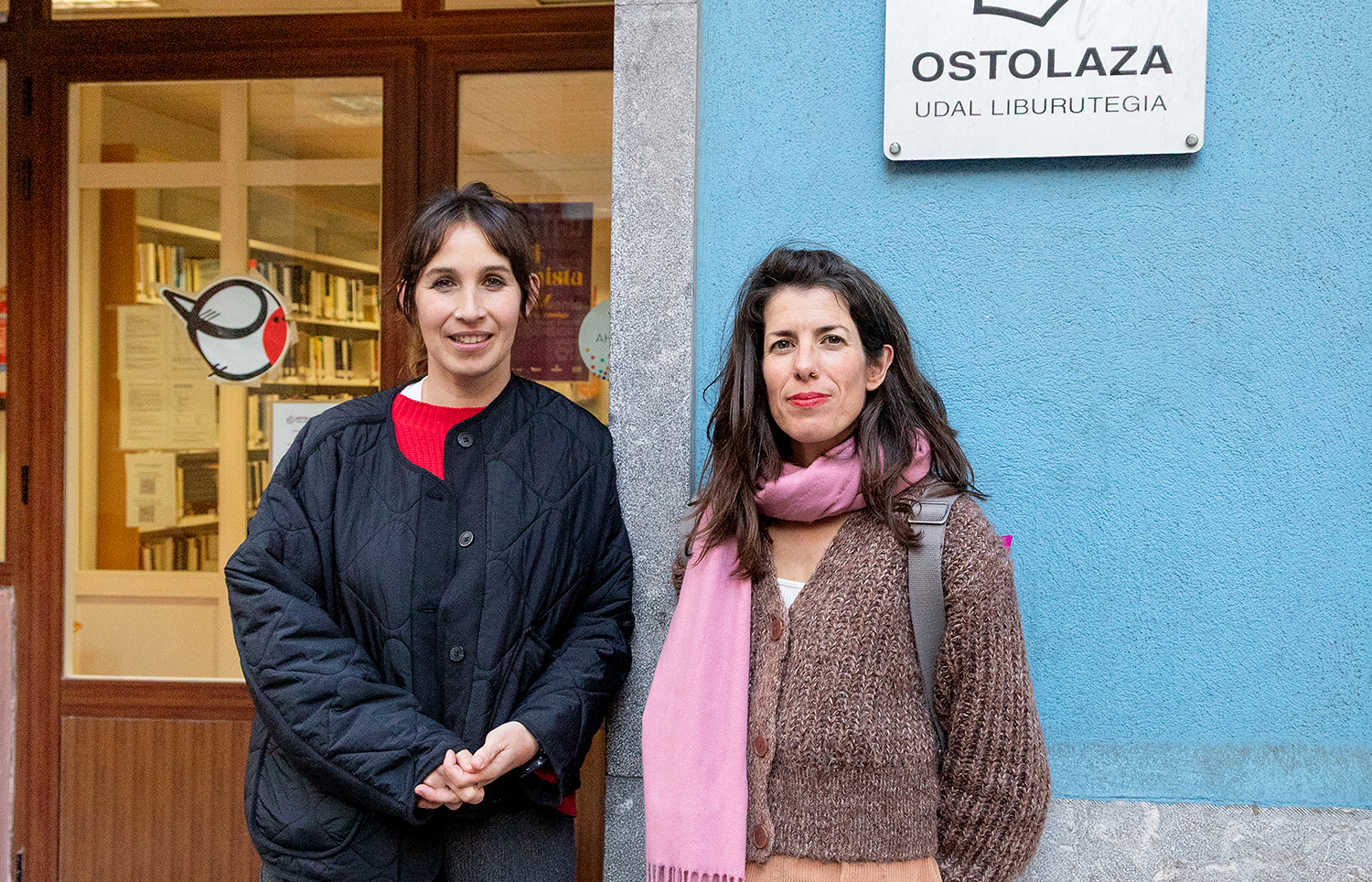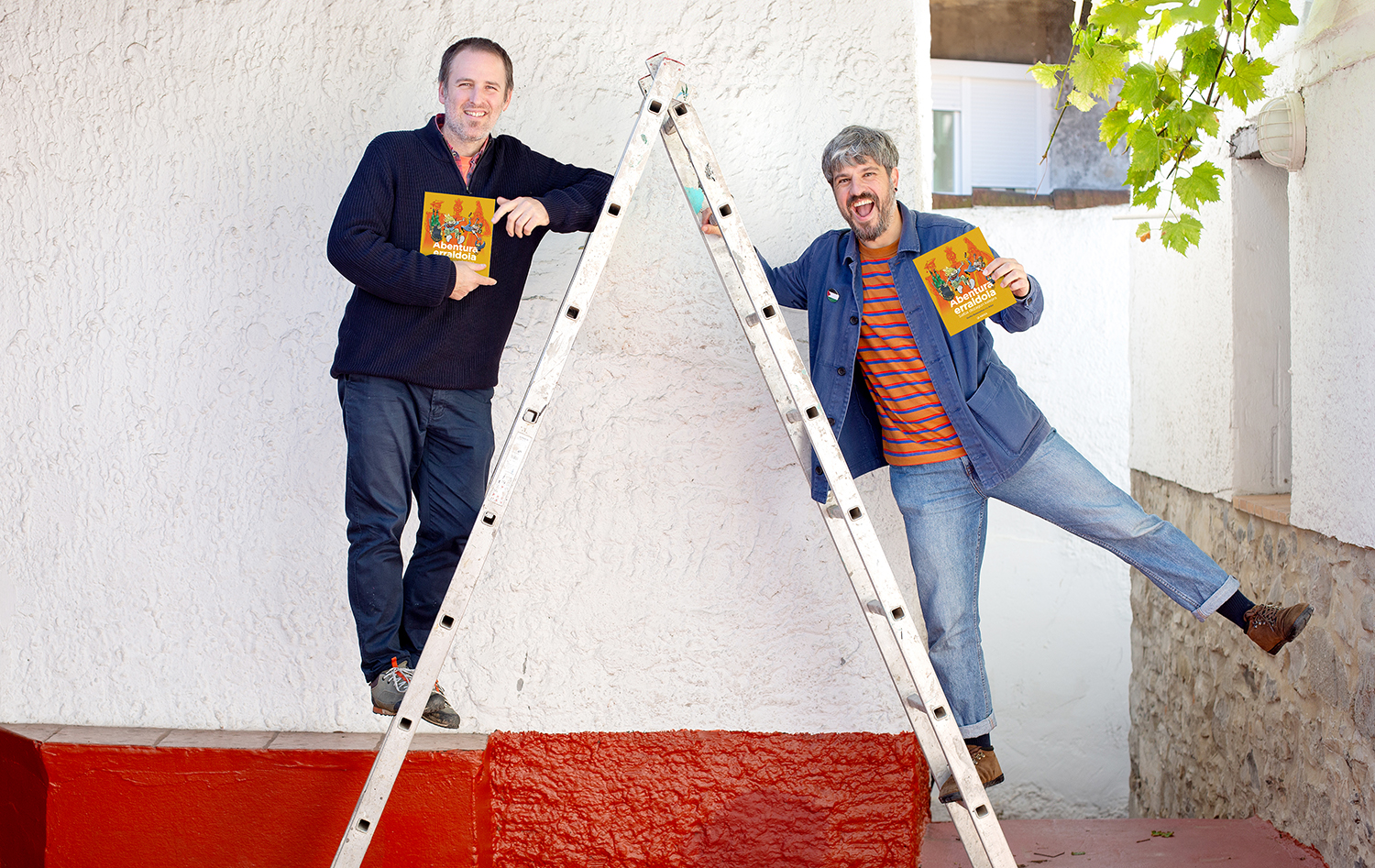
Harkaitz Cano took the train in Donostia-San Sebastian and moved to Vitoria-Gasteiz, where he was arrested. At the Artium Museum he visited the On Translation installation by artist Antoni Muntadas. He gave a speech. Taking art as a goal, he has disassembled the artifact of art: literature, music, bertsolarism, painting, theater or cinema. Once disassembled, he has also dismantled the applause extolling the artist's ego. Because if the artist is not willing to receive praise such as slander, he may end up suffering from the evil aquufen. Cano, in her corresponding field, the literature also refers, albeit indirectly, to the work of the critic – or commentator –. According to our cowardice or temerity the writer is mistreated baitaiteke.Hasier The commenter Rekondo, is critical?, says that ‘Cano’, which has my resin impression, the prefect, has a great ability to disassemble himself, and fleeing from being a canonized writer, has descended from all canonized songs and below all applause.
In short, and deep down, this gigantic little piece is an immensity that, depending on the artist’s nature, can be converted into both literature and any artistic expression. Well, we're used to Harkaitz. No to Txalori, please or Canori, yes, we can call him random. Or I can call it myself. Thinking about the Ensaio about the cegueira de Saramago, it also occurred to me to call it another way: Deafness Programme. In fact, with a Deaf artist, Ludwig van Beethoven, it's more than enough. What do you say, reader?
Party and recreation. Oral History of Rock Radical Vasco
Javier 'Jerry' Corral
Books, 2025
------------------------------------------------
Javier Corral ‘Jerry’ was a student of the first Journalism Promotion of the UPV, along with many other well-known names who have... [+]






















